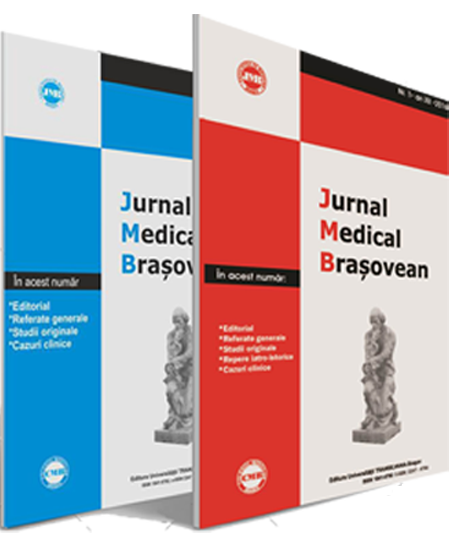The efficacy of Trimetazidine MR in left ventricular function improvement and reduction of major cardiovascular events, inflammatory syndromes and oxidative stress in coronary heart disease
Abstract
Aims: To evaluate the efficacy of treatment with trimetazidine modified release (TMZ MR) in addition to optimal standard medical therapy (OSMT) in patients (pts) with coronary artery disease (CAD) - stable angina (SA), unstable angina (UA) and non-ST elevation myocardial infarction (NSTEMI) in reduction of primary composite endpoint of cardiovascular death, acute myocardial infarction and stroke, improvement of left ventricular function, reduction of the inflammatory syndrome and oxidative stress. Methods and results: 252 patients with high-risk CAD were included in a prospective study for 36 months and divided into six groups concerning the type of CAD and addition of TMZ MR treatment to optimal standard medical therapy (OSMT). Clinical, biologic, electrocardiographic, echocardiographic evaluation was performed at 1, 6, 12, 24, and 36 months. C-reactive protein serum level and fibrinogen plasma level were determined as markers of inflammatory syndrome. Anti-ox-LDL antibody titers and total antioxidant status (TAS) serum level were measured for oxidative stress evaluation. Treatment with TMZ MR in addition to OSMT was followed at 36 months by a significant improvement of left ventricular function in pts with NSTEMI (p<0.05) and UA(p<0.025) in comparison with OSMT pts. Primary composite endpoint of cardiovascular death, acute myocardial infarction, and stroke was significantly reduced in all TMZ MR treatments added to OSMT pts at 36 months of follow up respectively: NSTEMI –(p<0.01), UA (p<0.025), and SA (p<0.025). In NSTEMI and UA groups treatment with TMZ MR in addition to OSMT was followed by significantly reduced incidence at 6 months of the high level of serum CRP (p<0.025), plasma fibrinogen (p<0.01), anti-ox-LDL antibody titers (p<0.05), low value of serum TAS (p<0.05), in comparison with NSTEMI and AI groups with OSMT. Conclusions: In patients with stable angina, unstable angina, and non-ST elevation myocardial infarction, treatment with trimetazidine MR in addition to optimal standard medical therapy was followed by a significant reduction in the primary endpoint and by a significant improvement in left ventricular function at 36 months of follow up. A significant reduction in inflammatory syndrome and oxidative stress at 6 months of follow-up was observed in patients with unstable angina and non-ST elevation myocardial infarction treated with trimetazidine MR in addition to optimal standard medical therapy.




